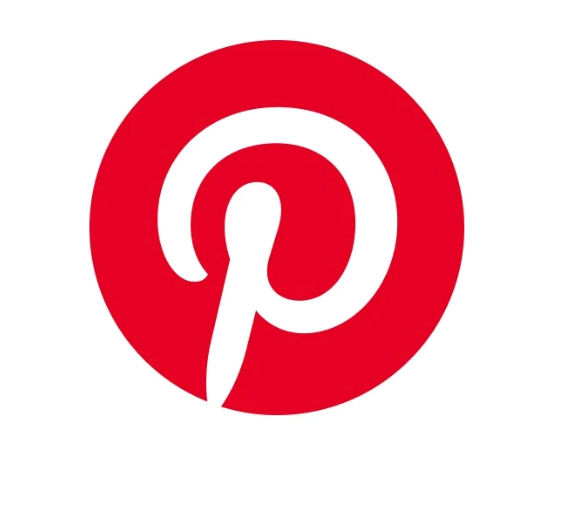 Just as brands are finally getting a grip on how to navigate the new social landscape using Facebook, Snapchat, Twitter, and others, to engage their target audiences, there’s another channel that’s turning younger Millennials’ heads—email.
Just as brands are finally getting a grip on how to navigate the new social landscape using Facebook, Snapchat, Twitter, and others, to engage their target audiences, there’s another channel that’s turning younger Millennials’ heads—email.
Digestible and peer trusted email newsletters such as TheSkimm, Thrillest and Quartz Daily Brief have fast emerged as the preferred way for 18-26 year olds to receive relevant, tailored news and trusted information on a daily basis.
Let’s look at the numbers. TheSkimm, targeted to the young professional woman, grew its user base to half a million subscribers in just two years, and its male counterpart Thrillest, was up to 2 million users as of last year, after making a big push in mobile optimization. Initially started as a campus newsletter at Boston College, StreakU (published by my firm Streak Media) grew to 20,000 college students and alumni at 12 schools across the nation in just a few years. With about a 45-50% click rate, these specialty e-newsletters have a special appeal—it’s content that is personally being requested every day, as opposed to something that was lucky to be liked or retweeted.
You may be thinking, yeah, but I’ve seen this movie before. Back when the “spray and pray” marketing tactics of the 1990s were in full force, the resulting volume of virus laden spam in our inboxes created an ugly, virtual battleground between brand marketers and consumers from which we are still working to recover. Email marketing soon became passé as consumers continued to dodge email blasts and marketers feared the wrath of being blacklisted or falling into junk folders.
Social media brought new hope for marketers as a way to achieve more-frequent interaction and deepen relationships with “always on” consumers. At the same time, consumers, especially teens and young adults, were more plugged into social via mobile devices and suddenly capable of receiving news instantaneously, comparing pricing on the go and making real-time decisions based on peer reviews, from anywhere. The downside of this barrage of social information is that crucial information points can be easily missed.
Reinvigorating the Channel with Focused Content
So what makes these email newsletter offerings different from and more appealing than those in the past? New peer focused online newsletter offerings, featuring sometimes hyper-local, demographic-specific and/or curated national news, solve the TMI problem with filtered information most relevant to its audience. And these newsletters are fast eclipsing mainstream news sources as young adults’ daily news outlet.
Specialty newsletters take a focused approach specific to a target audience’s preferences and interests, while also pulling information from different sources for a more comprehensive POV, as opposed to one media voice or web location. For instance, The Skimm considers the young woman it’s targeting and pulls from a variety of sources to deliver content in which she would be most interested, instead of “Here are 10 articles we developed, maybe you’ll like one.”
Research from college marketing firm Fluent shows that increasing numbers of Millennials disregard banner ads and any promotional material pushed on them by brands. They value information that is personalized and from sources they know and respect. For instance, in a 2014 back-to-school shopping survey of more than 1,100 18- to 26-year-old students nationwide, peer influence was the number one influence on purchasing decisions (58%), whereas brand advertising (offline and online) ranked as low as 17%.
At Streak Media, the core focus of the StreakU college student-focused enewsletter is student relevancy; students appreciate the hyper-local content centered around their individual campus life, integrated with news points from a broader/global perspective. If you’re not giving your subscribers something useful, they won’t stick around or promote you to their peers. If they like what they see, they’ll remain loyal and the circulation expansion will happen organically.
This sounds like a pretty simple concept, right? But Quartz’s “The Daily Brief” is the result of a thorough editorial process; the e-newsletter is touched by an editorial staff of four people including previous editors with the Economist and Reuters, to offer a personalized touch that incorporates fun with serendipity and thoughtfulness. Only 800-words long with no images, The Daily Brief is cleverly written and edited and sent to about 45,000 subscribers worldwide. These editors understand that the initial wave of robotized newsletters and basic RSS feeds is not going to stick with today’s consumer, especially the younger Millennials who are already conditioned to expecting so such much more personalized value from their information sources.
The downside is that if the content goes off course, the magic can come to an abrupt end. Collecting passive subscriber feedback and giving newsletter subscribers a “voice of their own” through products like SubscriberVoice and Inbox Worthy are going to be integral to the future of email marketing. DailyCandy is an example of a thriving shopping e-newsletter and site that was extremely successful; MIllennials were practically addicted, growing the newsletter to 285,000 subscribers in just three years. After changing ownership, the publication lost its vision, and the once booming daily gem known for its “one thing a day” and savvy, terse voice, quickly disintegrated.
What’s Old Is Now New Again
These e-newsletters offer brand marketers a unique opportunity to get in front of the highly-coveted Millennial generation and engage with them on a more localized, personal and frequent basis. But there’s a catch – brand value through this channel is only as effective as it is aligned with the mission of the e-newsletter: informative, timely, enriching, consumer-centered.
For marketers looking to increase consumer engagement with this audience, email may feel limited since it’s not easily shared in all of their social channels. The big win, however, is knowing the consumer has let you into his/her personal inbox by requesting to receive your e-mail newsletter every day, including links to content you have deemed relevant. This is where strategic brand marketers can insert themselves into Millennials’ daily lives and conversation through rich, engaging content in line with the newsletter’s initial theme. And because you are already a trusted source, subscribers are willing to give related brand content a chance.
Michael Nardella is the president and founder of Streak Media, a subsidiary of college marketing agency Fluent.



